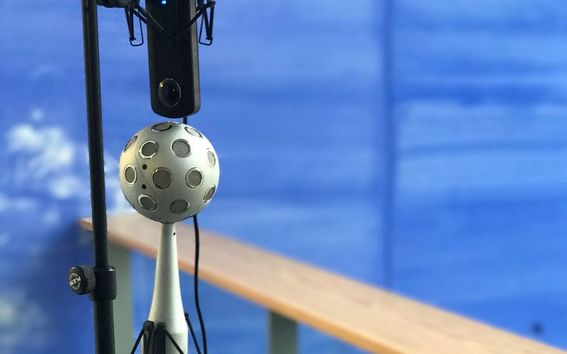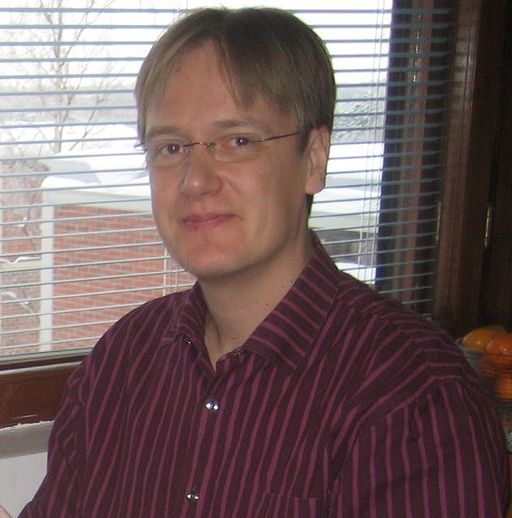Communication acoustics: spatial sound and psychoacoustics

Our projects are gathered around spatial sound. We have developed, and are still developing, new reproduction methods for spatial sound taking into account the time-frequency-space resolution of the human hearing. These methods are applicable to multi-channel loudspeaker layouts, headphones, and binaural hearing aids. Additionally, we are currently developing new types of non-linear beam-forming algorithms.
To enable the research of perceptually optimised spatial audio methods, we have to know more about the perceptual spatial hearing mechanisms of humans. We study these mechanisms with listening tests and model the brain mechanism devoted to spatial auditory perception. In this context, we are very interested in the perception of spatially complex sound scenes and the binaural perception of timbre.
Furthermore, we research acoustical measurement techniques for spatial sound. Here, the head-related acoustics are of vital importance in spatial hearing research, and we work on new modelling and measurement tools to understand the acoustical effects near the head and in the ear canals.
For this purpose, we must also inspect proper acoustical sources in measurements. Our current topic is the suitability of laser-induced shock waves as massless point sources. They can be applied to acoustical room measurements, and the technique is currently in active development.

This project has received funding from the European Union’s Seventh Framework Programme for research, technological development and demonstration under grant agreement no 240453. The starting independent research project Technologies and Psychophysics of Spatial Sound (TEPESS) funded by European Research Council runs within the Communication acoustics team.
Group members


Latest publications
Spatial audio signal processing for passive sonar applications
Investigating sound-field reproduction methods as perceived by bilateral hearing aid users and normal-hearing listeners
Data-driven room-acoustic modelling
Dynamic late reverberation rendering using the common-slope model
A Parametric Spatial Audio Compression Codec for Higher-Order Ambisonics
Compression of Higher-Order Ambisonic Signals using Directional Audio Coding
Perceptually-Motivated Spatial Audio Codec for Higher-Order Ambisonics Compression
Auditory-model-based assessment of the effect of head-worn devices on sound localisation
Predicting the effect of headphones on the time to localize a target in an auditory-guided visual search task
- Published:
- Updated: